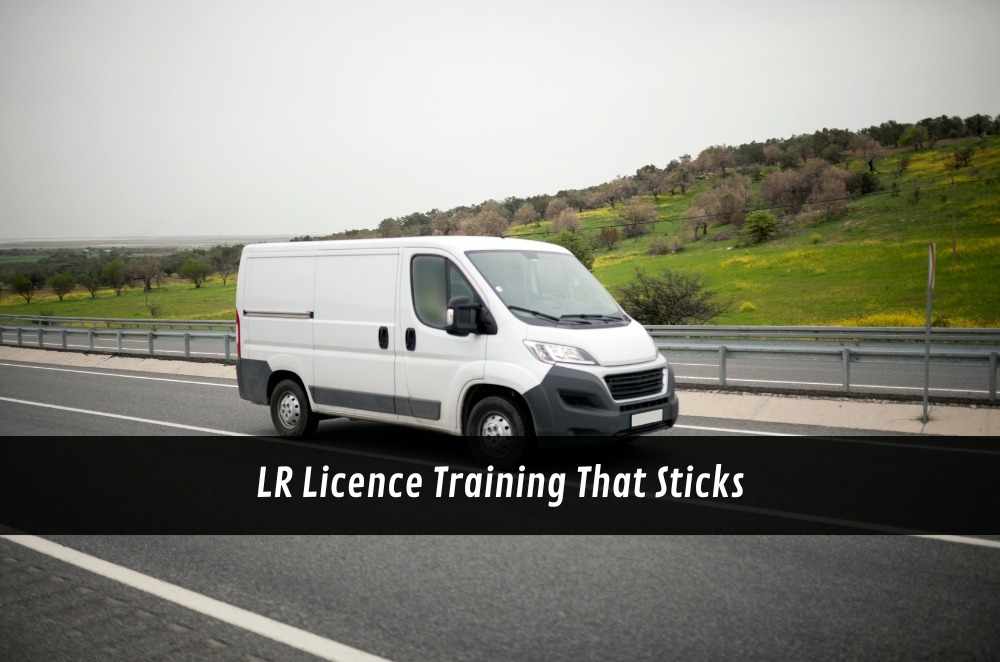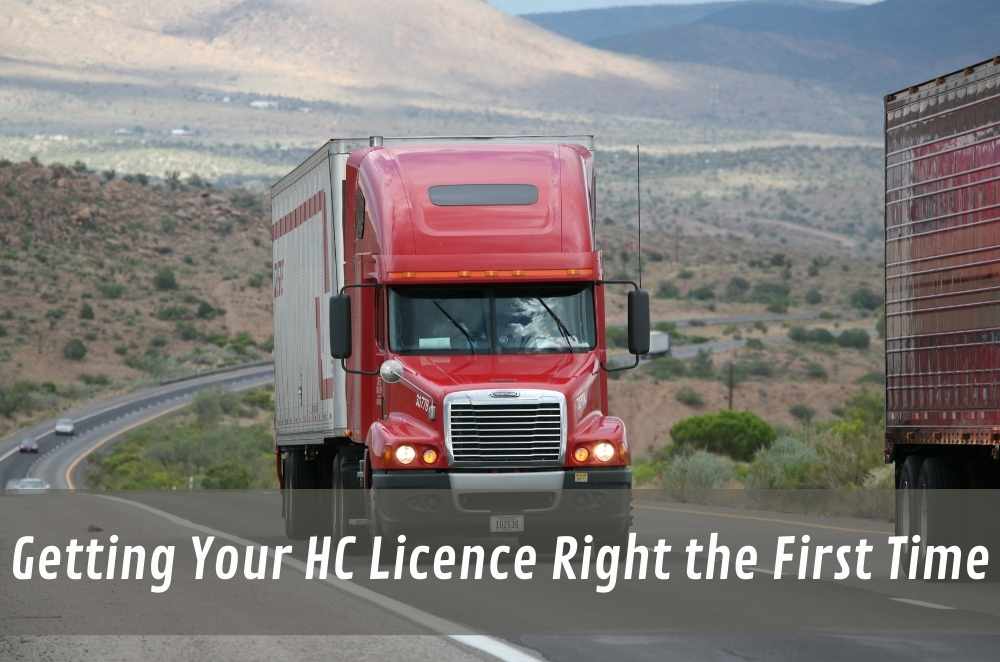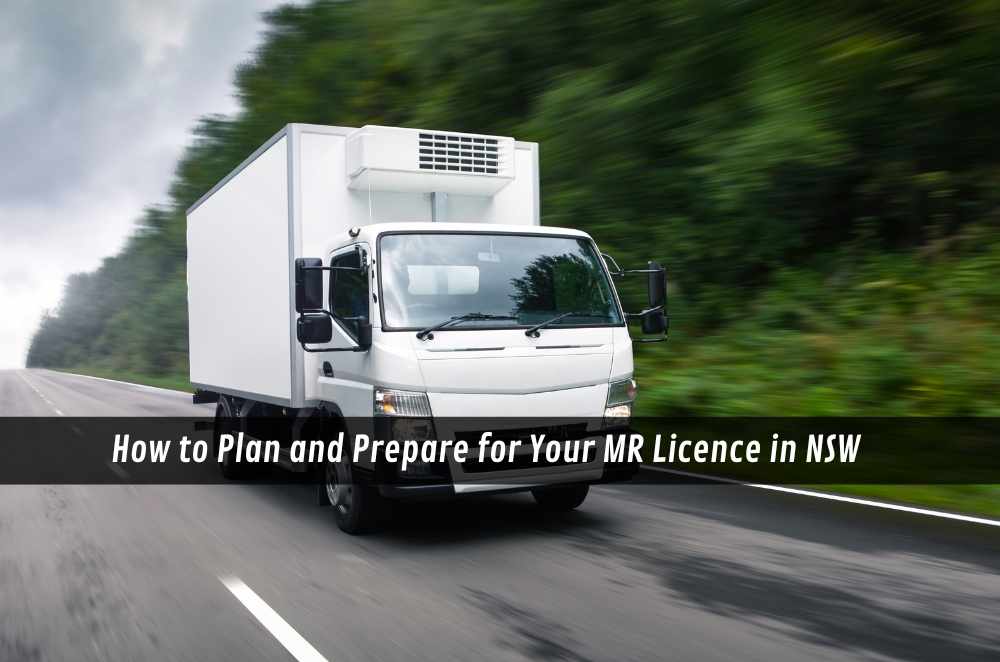
Getting an LR licence should not feel like guesswork. We focus on what happens on the road: tight streets, school zones, wet mornings, delivery windows, so training must mirror reality, not a tick-the-box quiz. That is where vocational training standards for truck drivers matter most; they set expectations for safety, consistency, and competence, from pre-starts to reverse parks. With a framework, new drivers form habits that last, and operators stay compliant. Too many courses gloss the detail; standards insist on it: mirror timing, blind spots, braking distances, load limits, fatigue signals. Nail those and life gets simpler: fewer surprises, better judgment, and a licence that holds value.
What should the LR licence training cover?
LR licence training should cover the skills a light rigid driver uses every shift. That means pre-starts, urban handling, load restraint basics, awareness of blind spots, and fatigue management grounded in actual routes and timetables. The priority is repeatable actions that stand up under pressure rather than trivia that vanishes after the test. Practice builds calm judgement, especially in busy school zones and narrow suburban streets.
Pre start checks that prevent faults
Urban manoeuvres on realistic routes
Load restraint aligned to limits
Fatigue cues linked to schedules
For timing, cost, and career pathways, always think that LR licence are worth it and add useful context without fluff.
How do standards reduce real-world risk?
Standards reduce real-world risk by enforcing consistent training and assessment across providers. When everyone is measured against the same competencies, common errors surface early and can be corrected. That consistency appears in safer lane changes, cleaner roundabout entries, and braking that stays within safe temperatures on long descents. Documented competencies also support insurers and auditors, proving attention to the LR risk profile of short trips, frequent stops, shifting loads, and mixed signage. Standardised checklists improve communication with schedulers and maintenance teams, so small defects are reported before they become breakdowns that disrupt routes.
Who benefits from an LR licence now?
An LR licence benefits councils, community transport, contractors, and anyone stepping up from a car licence. It’s the entry point for paid driving without committing to heavier categories. Employers need dependable operators who can handle tight timetables and busy school zones. Standards-based training ensures they get that reliability. Graduates often move smoothly into MR or HR roles, building a career rather than just ticking a box.
Public education options remain a valuable pathway, especially where structured training support is available. Programs such as TAFE NSW LR training support show how national standards translate into practical, on-the-road skills that build safer, more confident drivers.
Conclusion
Strong vocational standards don’t just shape better drivers—they shape a safer industry. When consistency drives every stage of LR licence training, skill levels rise, and risk drops across the board. The outcome isn’t just compliance; it’s confidence. Every driver trained under a clear framework brings fewer accidents, smoother trips, and higher professional value. That’s the real impact of doing things the right way from day one.









Write a comment ...